BEE 2.0 - Bee-feeding seed mix
900 Ft - 13.000 Ft
Make your garden wild with this annual herbaceous seed mix of 10 native Hungarian species and welcome beneficial pollinators to your garden! This mix is a taster into the world of bee-keepers: we have selected 10 species that are pollinator favourites and will be a beautiful ornament to your garden with their long flowering. It includes annual, biennial and perennial flowers.
Features:
- life cycle: annual, biennial, perennial
- flowering period: may-october
- size: 50-100 cm
- soil: dry, average
- growing area: sunny
- pollination factor: 9/10
The following species are included:
poppy, cornflower, bluebell snakeweed, sage, common sage, common yarrow, meadow imola, hornwort, wild mallow, chamomile, wood mallow
Recommended coverage: 2-3g/nm
For betting suggestions and more details, scroll down.
Price:
1g - 900 Ft
5g - 2.000 Ft
25g - 4.500 Ft
50g - 7.500 Ft
100g - 13.000 Ft
Prices are gross prices, 27% VAT included.
Description
Make your garden wild with this wildflower seed mix of 10 native Hungarian species of annuals and welcome beneficial pollinators to your garden! This pollinator-friendly seed mix is a taster into the world of bee-keepers: we've selected 10 species that are pollinator favourites and will make beautiful ornaments to your garden with their long flowering. It includes annual, biennial and perennial flowers.
Features:
- life cycle: annual, biennial, perennial
- flowering period: may-october
- size: 50-100 cm
- soil: dry, average
- growing area: sunny
- pollination factor: 9/10
The following species are included:
- poppy (Papaver rhoeas) - 11%
- cornflower (Centaurea cyanus) - 12%
- Blonde snake-grass (Echium vulgare) - 10%
- Sage (Salvia nemorosa) - 11%
- common yarrow (Achillea millefolium) - 10%
- meadowsweet imola (Centaurea jacea) - 10%
- hornwort (Lotus corniculatus) - 10%
- wild carrot (Daucus carota) - 10%
- chamomile (Matricaria chamomilla) - 7%
- forest mallow (Malva sylvestris) - 10%
Vetting advice:
They can only be sown on prepared land that has been previously cleared of weeds. They will not germinate when sown in grass or will be overwhelmed by grass over time. Sow the seeds on the surface of the free soil, which has been raked to a dust mound. You can mix the seeds with a bit of sand: it makes it easier to spread evenly and makes it easier to see where the seeds have been. They should not be buried, as many seeds will germinate in the light, and you can at most drag one of them with the rake, but this step can be omitted. If your garden soil is not of very good quality, you can spread half an inch or so of compost or potting soil on top and sow the seeds on that. Then you can either roll them in for larger areas or walk over them for smaller areas to make sure the seeds are in good contact with the soil (check the soles of your shoes to make sure there are not too many seeds left :)) Then it is important to keep the soil moist but not wet during germination (3-4 weeks!). When sowing in autumn, it is advisable to water both in autumn and spring. Do not water at the highest watering intensity to avoid washing the seeds away from the area. In dry, warm weather, keeping the soil moist may mean watering several times a day! Mature plants are usually drought tolerant, but in the event of a severe drought they will appreciate 1-2 waterings per month. In the first year, annual species will flower, and from the second year onwards, biennials and perennials will join the flowering, but they will only grow green the first year. The area really comes together and becomes more spectacular from the second year onwards, but in return the perennials flower and bush up every year from then on and don't need to be resown. Be patient, it's worth it! 🙂 In the first year, soil preparation can also bring to the surface any annual weed seeds that are in the ground. These should be removed the first year, but by the second year the vegetation will have coalesced and will be pushed out. This is less common in autumn sowing. Mowing/mowing the area once a year in late autumn or early spring is sufficient. We wish your seeds a good germination!
Recommended sowing rate: 2-3 grams/m²
The rest of the series:
Pollenanyó 2.0 - 20 species of native Hungarian beekeeping seed mix
Beporzóna 2.0 - 30 species of native Hungarian beekeeping seed mix
Nectar 2.0 - 40 species of native European beekeeping seed mix
Bee no? - 50 species of native Hungarian beekeeping seed mix
Zümmögde - 60 species of native European beekeeper seed mix
More information
| Mass | N/A |
|---|---|
| Quantity | |
| Lifecycle | |
| Species | |
| Demand for light | |
| Dispensing | |
| Special feature | |
| Height | |
| Ancestry | |
| Colour | |
| Talaj | |
| Flowering month | |
| Water demand |
Only users who are logged in and have already purchased the product can write a review.
Related products
-
-
Select options
There are several variations of this product. The variants can be selected on the product page
- Add to wishlistAdd to wishlist
- 30 native Hungarian wild flowers, seed mix
BEPORZÓNA 3.0 - beekeeping seed mix
- 900 Ft - 16.000 Ft
Add to wishlistAdd to wishlist -
Select options
There are several variations of this product. The variants can be selected on the product page
-
-
Select options
There are several variations of this product. The variants can be selected on the product page
- Add to wishlistAdd to wishlist
- 40 Hungarian and European wild flowers, seed mix
NEK-TÁR 3.0 - beekeeping seed mix
- 950 Ft - 17.500 Ft
Add to wishlistAdd to wishlist -
Select options
There are several variations of this product. The variants can be selected on the product page
-
-
Add to basket
- Add to wishlistAdd to wishlist
Add to wishlistAdd to wishlist -
Add to basket
-
-
Add to basket
- Add to wishlistAdd to wishlist
Add to wishlistAdd to wishlist -
Add to basket
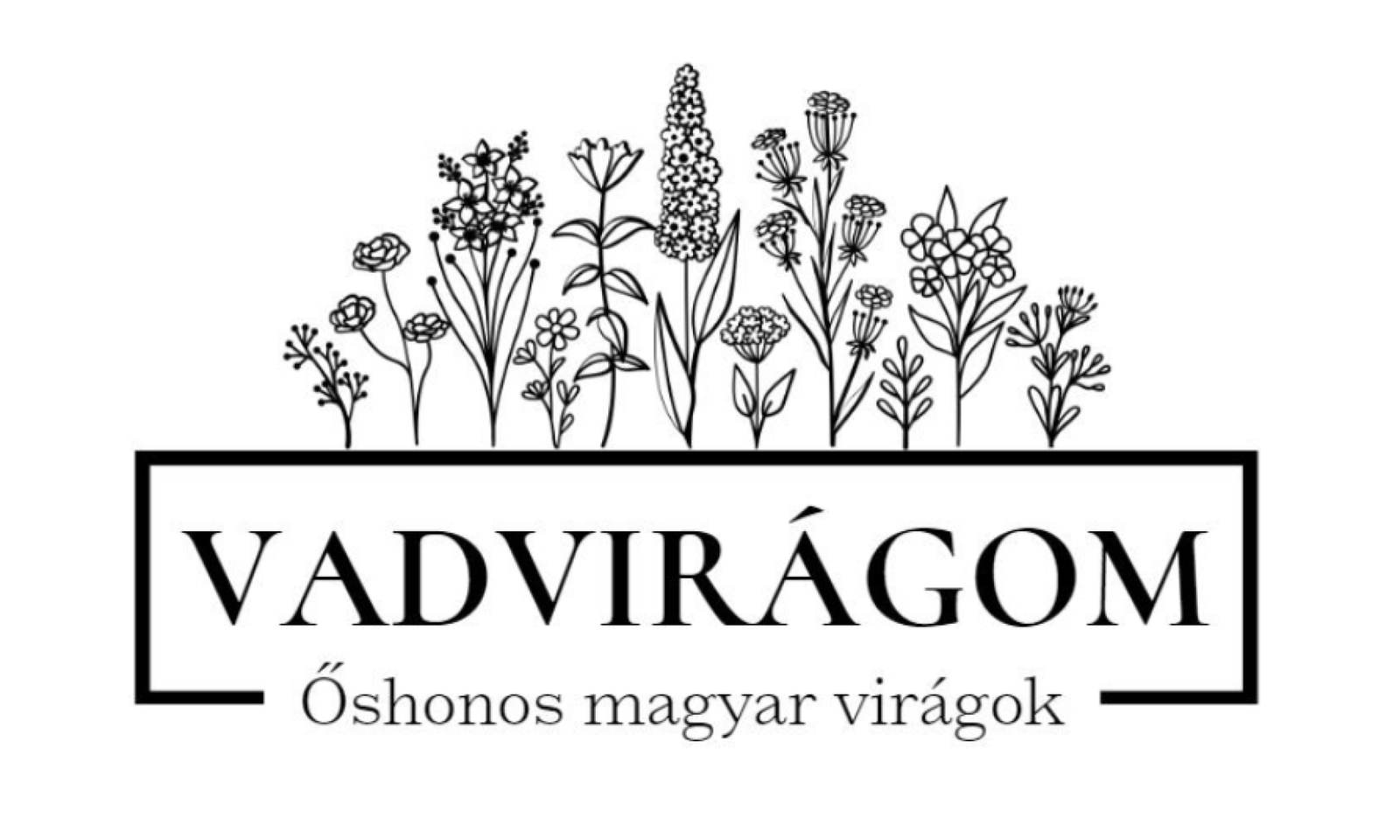

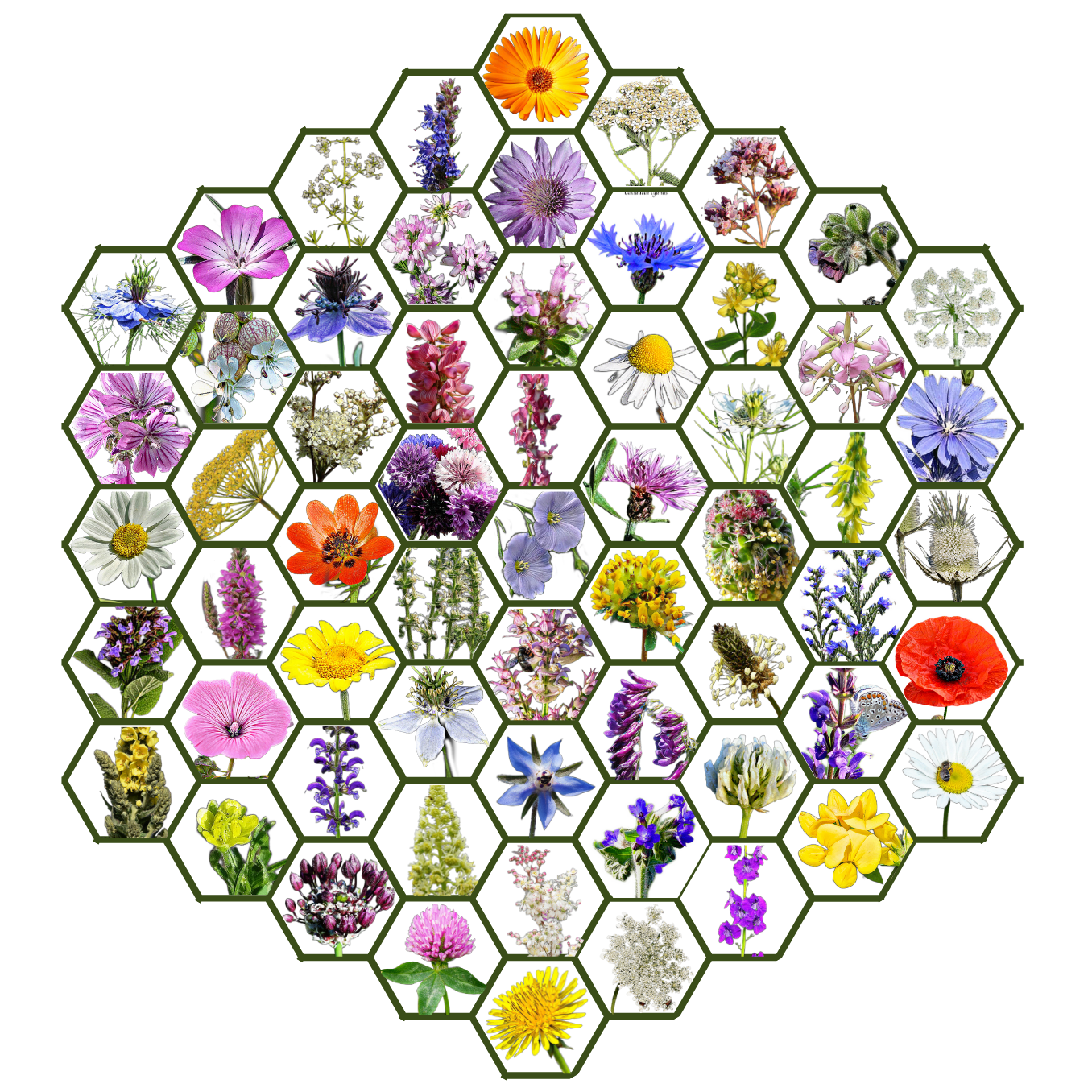
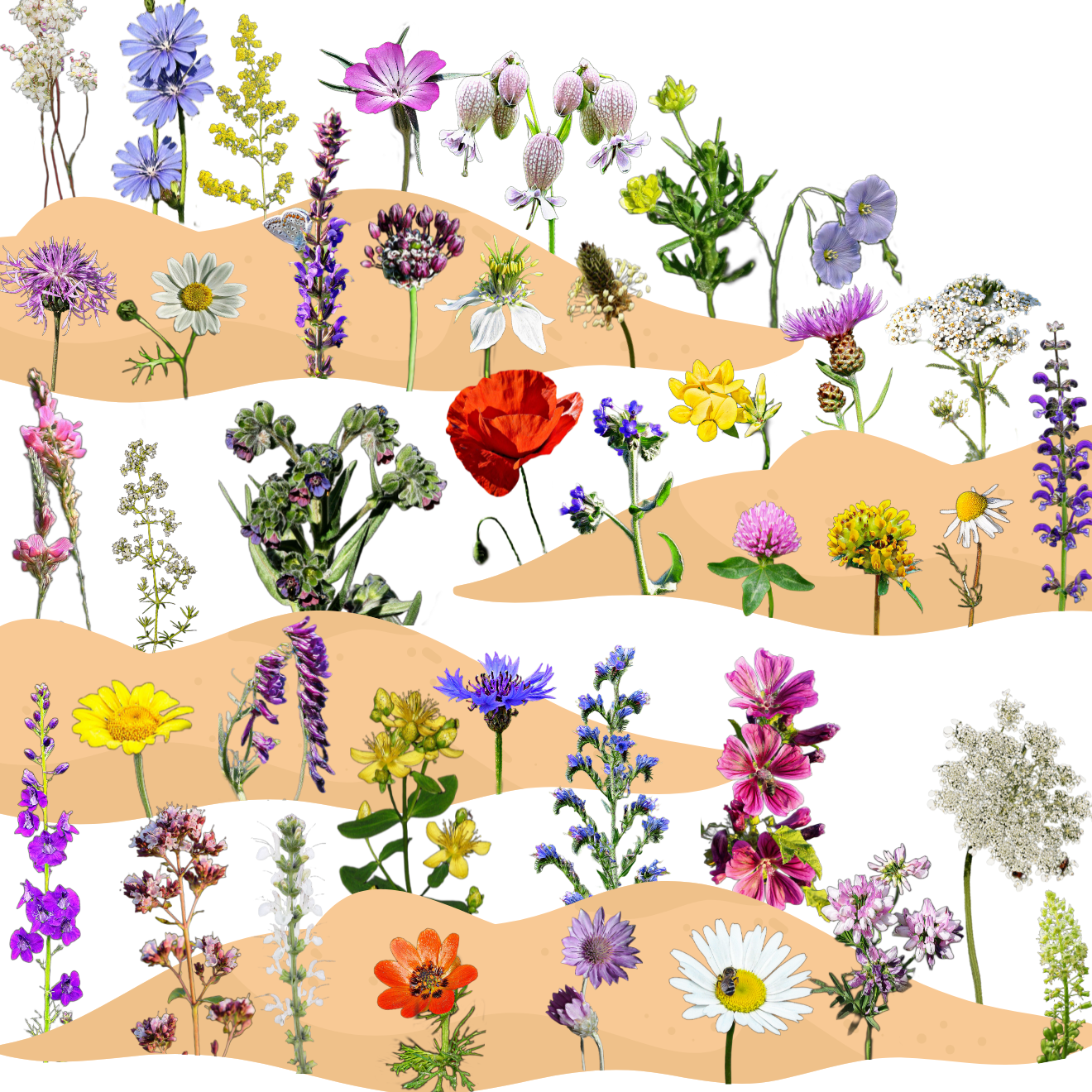
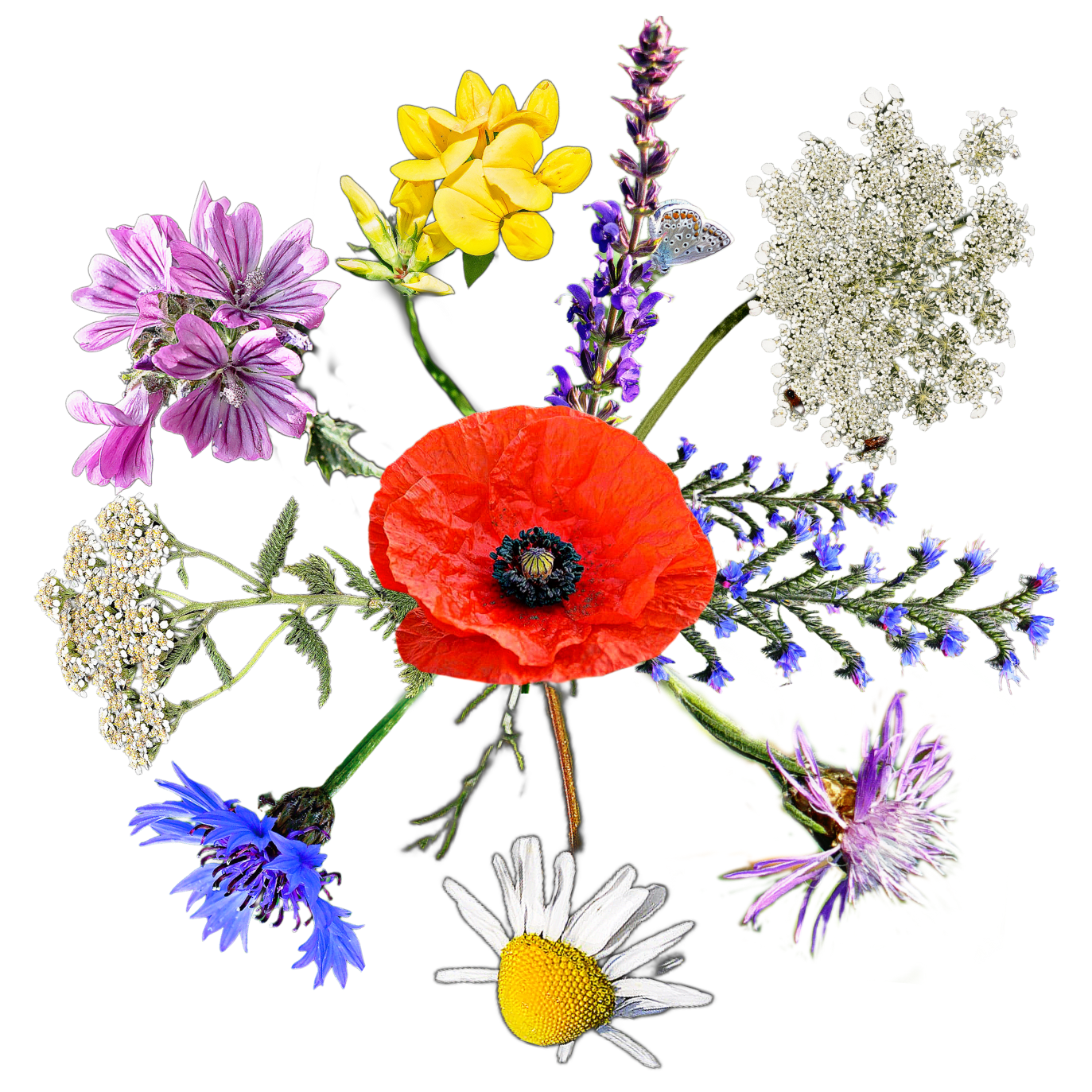


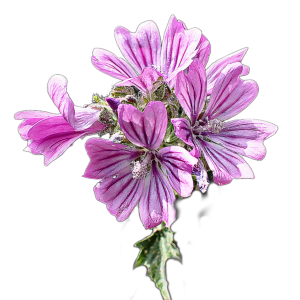
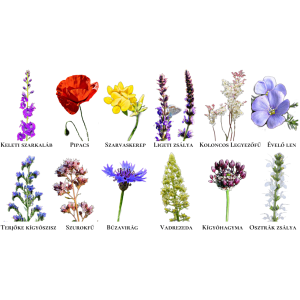
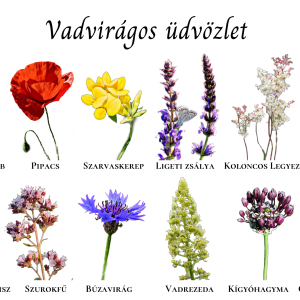
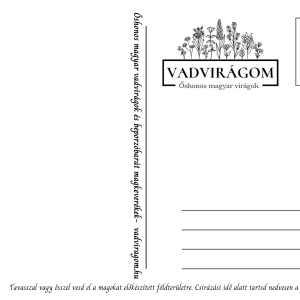
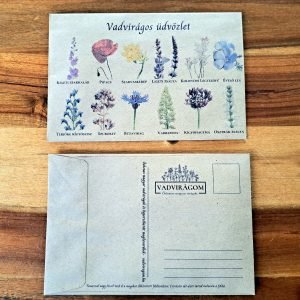
Reviews
No reviews yet.